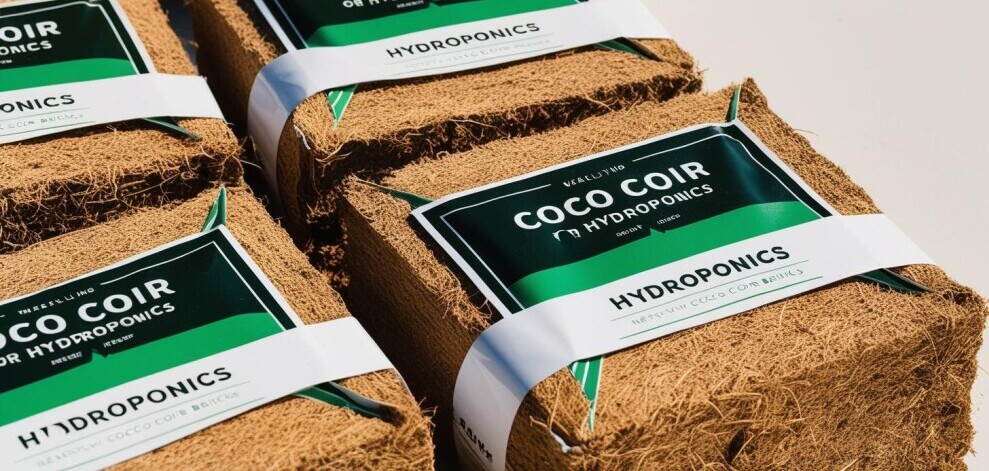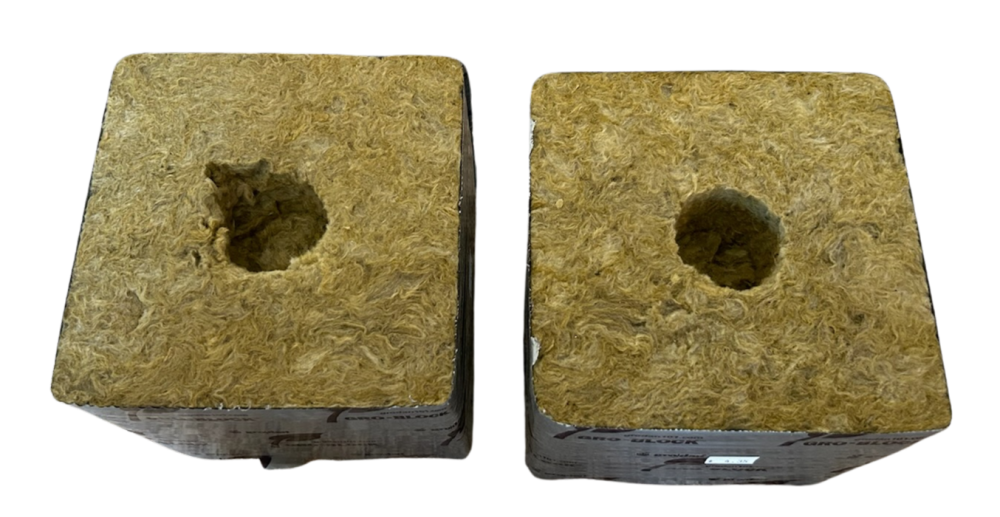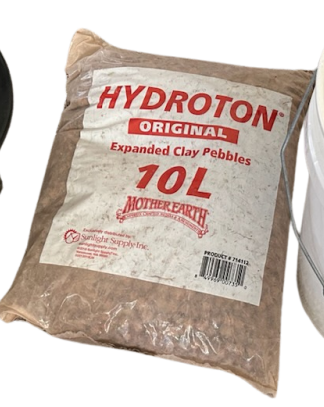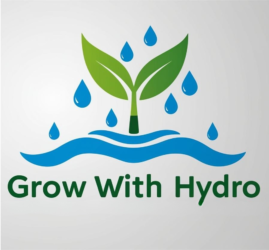Hydroponic gardening might sound like something out of a sci fi novel, but really, it is just a down to earth, innovative way to grow plants without using traditional soil. At its core, hydroponics harnesses water, infused with nutrients, to sustain plant life. That means your greens can thrive in environments as diverse as a bustling city apartment or a quiet suburban basement.
Why is everyone buzzing about hydroponics? There are quite a few reasons. For starters, plants grown this way tend to mature faster. They are also less prone to pests and diseases, making them healthier and potentially a bit more productive.
The unsung hero in all this hydroponic magic is the growth medium. Picture it as the stand in for soil, providing plants with the structure and support needed to grow upright and access essential nutrients. But unlike soil, these growth mediums let hydroponic gardeners control every aspect of the growing environment. That is a game changer for anyone looking to maximize their green thumb indoors or in limited outdoor spaces.
Environmentally speaking, hydroponic systems often require less water than traditional gardening. Plus, they offer the capability to grow fresh veggies where soil might be lacking or nonexistent. From an economic standpoint, backyard or small scale hydroponics can potentially reduce grocery bills while offering fresh, home grown produce year round.
Alright, let’s get real. If you are new to hydroponics, the term ‘growth medium’ might be a bit of a curveball. But no worries. The big idea here is to keep your plants secure, healthy, and happy without conventional soil. That is where this guide comes in, helping you get started on the right foot or should I say, green thumb!
Coco Coir: The Eco-Friendly Organic Option
Coco coir is like the MVP of the eco-friendly gardening world. Made from the fibrous husk of coconuts, this medium is as sustainable as it gets. Every time a coconut is processed, this amazing stuff is created, making it a win win for both gardening enthusiasts and the environment.
The big appeal of coco coir comes from its unique qualities. It is naturally pH balanced, which means your plants get a stable environment without any surprise fluctuations that might stunt growth. Plus, its superior water retention keeps plants hydrated without drowning them. It is kind of like the perfect backyard assistant, holding onto moisture while allowing excess water to drain away.

Of course, nothing is perfect. While it is great at holding water, it can sometimes hold a bit too much. That means sometimes you will need to keep an eye on moisture levels to ensure plant roots don not stay soggy for too long. Using coco coir effectively involves mixing it with other mediums or adjusting your nutrient feed to prevent overwatering.
Newbies often appreciate coco coir for its ease of use. It is lightweight and does not break down quickly, so it provides consistent support throughout a plant’s growth cycle. You can also rehydrate dry coco coir, making it super easy to store and prepare when setting up or expanding your hydroponic garden.
For those who are serious about maximizing plant growth, coco coir combines well with perlite or vermiculite, enhancing its aeration and helping to prevent compaction. This makes it an ideal starter choice if you are aiming to create either a simple or more advanced hydroponic system at home.
Rockwool: High Performance Yet Controversial
Rockwool might sound a bit like something out of a rock concert, but in the world of hydroponics, it is known for top notch performance. This medium comes from volcanic rock heated until it is molten. Once cooled, it gets spun into wool like fibers. The result is a material that is surprisingly light and superb in holding water and air, a real powerhouse for plant roots to thrive.
Enthusiasts love rockwool because it creates an ideal growing environment. Thanks to its excellent water retention, plants remain hydrated while excess water drains effortlessly, minimizing risks of root rot. It is also great at retaining air, meaning roots get enough oxygen even when surrounded by moisture.

But, here is the deal. As fantastic as rockwool is, it does not exactly wear an ‘eco-friendly’ badge. It is a man made product, which means it is not biodegradable like coco coir. Plus, it requires proper disposal to prevent environmental harm.
Handling rockwool requires some caution since its fibers can irritate skin or lungs. Wearing gloves and a mask while working with this medium is strongly recommended. For beginners, this might sound a bit off putting, but with the right precautions, it is manageable.
If you are using rockwool for the first time, don not be overwhelmed. Start with small blocks, and prepare them by soaking in pH balanced water before planting seeds or seedlings. Once you get the hang of it, you might find it a reliable player in your hydroponic toolkit, especially for setups focusing on larger plants or those with high feeding requirements.
Perlite and Vermiculite: Lightweight and Versatile Solutions
Perlite and vermiculite are like the dynamic duo of hydroponic mediums. Both are known for being lightweight and versatile, making them popular choices among both rookie and seasoned gardeners.
Perlite is a form of volcanic glass that looks like tiny, white granules. It is super popular in hydro setups because of its ability to hold air, providing roots with the oxygen they need to thrive. This airy quality prevents compaction and ensures good airflow even when wet, giving roots the perfect breathing space.
On the other hand, vermiculite is the go to choice for retaining water and nutrients. Made by heating mica, it expands into shiny, moisture loving particles. This makes it ideal for seedlings and plants that require a lot of moisture.
Each has its strengths, but together they make an unbeatable combo. Mixing them can be a great move when you want to balance water retention with aeration. It is like getting the best of both worlds for your plants!
Using either perlite or vermiculite, or maybe both, largely depends on what you are trying to grow. Perlite is perfect for plants that don not like soggy roots, while vermiculite suits those that thrive in consistently moist environments.
Keeping a close eye on drainage is important when using these mediums. With perlite, you typically need to water more often since it does not hold much moisture. Vermiculite might require less frequent watering, but make sure plants are not getting too drenched.
Adjust how much of each you are using based on what the specific plants need. Experimentation is part of the fun, and it is how you discover the right mix that works for your hydroponic setup.
Hydroton Expanded Clay Balls: The Lightweight Powerhouse.
Hydroton expanded clay balls are like the unsung heroes of the hydroponic gardening world. These small, round, porous pebbles are made by heating clay to high temperatures, causing it to expand and form lightweight, airy balls. The result? A versatile, eco-friendly growing medium that is perfect for hydroponic systems, aquaponics, and even traditional container gardening.
The big appeal of Hydroton lies in its unique structure. These clay balls are incredibly lightweight, making them easy to handle and perfect for systems where weight is a concern. But don’t let their lightness fool you—they are tough enough to provide excellent support for plant roots while allowing for optimal airflow. This means your plants get the oxygen they need to thrive, reducing the risk of root rot and promoting healthy growth.
One of Hydroton’s standout features is its ability to balance moisture and drainage. The porous surface of the clay balls holds just enough water to keep roots hydrated, while the spaces between the balls ensure excess water drains away efficiently. It is like having a built in irrigation system that keeps your plants happy without drowning them. This makes Hydroton an ideal choice for hydroponic setups, where precise moisture control is key.
Of course, no growing medium is without its quirks. While Hydroton is great at drainage, it does not retain nutrients on its own. This means you will need to keep a close eye on your nutrient solution to ensure your plants are getting the food they need. But for many gardeners, this is a small trade off for the benefits Hydroton provides. Plus, its neutral pH means it will not interfere with your nutrient balance, giving you full control over your plant’s environment.
Newcomers to hydroponics often appreciate Hydroton for its reusability. Unlike some other mediums that break down over time, Hydroton can be cleaned, sterilized, and used again and again. This makes it a cost effective option in the long run, especially for those who are serious about sustainable gardening. Just give it a good rinse between uses, and it is ready to go for your next crop.
For those looking to maximize their hydroponic system’s potential, Hydroton pairs beautifully with other mediums like coco coir or perlite. Combining it with coco coir, for example, can enhance water retention while maintaining excellent aeration. Or, mix it with perlite for an ultra lightweight, well draining setup. This versatility makes Hydroton a favorite among both beginners and experienced gardeners alike.
In the world of hydroponics, Hydroton expanded clay balls are a reliable, low maintenance option that delivers consistent results. Whether you are growing herbs, vegetables, or flowers, these little clay pebbles provide the perfect foundation for healthy, thriving plants. Lightweight, reusable, and eco-friendly, Hydroton is a true powerhouse for any gardener looking to elevate their growing game.
Choosing the Right Medium: Factors to Consider for Beginners
Picking the right hydroponic medium can feel like trying to choose the best dish at a new restaurant. You have got all these great options, and each brings its own benefits to the table. But how do you decide what is best for your plants? It all starts with understanding your goals and what you are trying to grow.
Start by considering the type of plants you want to cultivate. Some like leafy greens do well in mediums like coco coir or perlite, which support quick and healthy growth. Meanwhile, fruiting plants might require more water retention, making something like vermiculite or a coco coir mix a better fit.
Another point to consider is your budget and how much you are willing to invest in your hydroponic setup. Coco coir tends to be less expensive and more sustainable, while rockwool, although pricier, offers unparalleled performance for specific plant types.
Sustainability matters, too. If you are keen on keeping your gardening eco-friendly, mediums like coco coir or a perlite vermiculite mix might align better with your values compared to synthetic options.
Ease of use is also essential, especially when starting out. Coco coir offers a more forgiving learning curve with pH stability and water retention. On the flip side, using rockwool might require a bit more experience due to handling precautions.
Consider hybrid solutions, mixing different mediums can sometimes offer the ideal growing conditions. For instance, a blend of coco coir and perlite might strike the right balance between water retention and aeration, making it a great choice for beginners.
There is no one size fits all answer, so do not hesitate to experiment. Try different mediums, tweak your system, and find the setup that makes your plants thrive. With a bit of practice and patience, you will soon uncover the perfect combination for your hydroponic garden.
